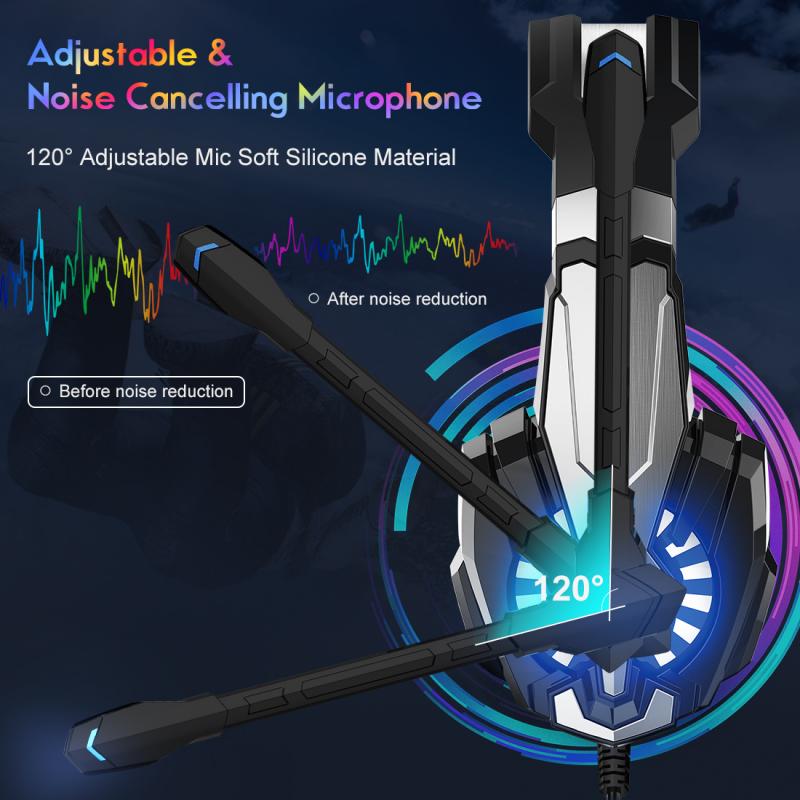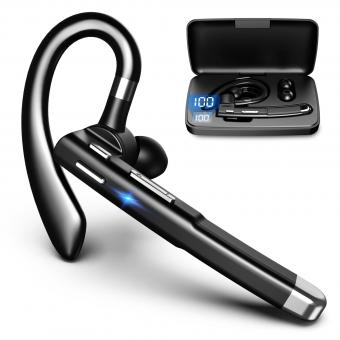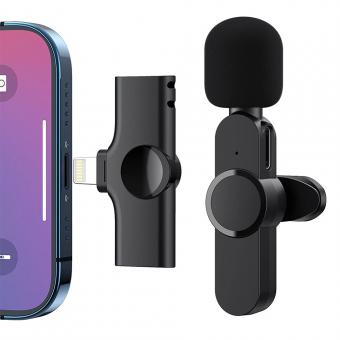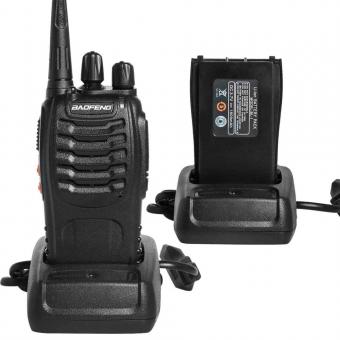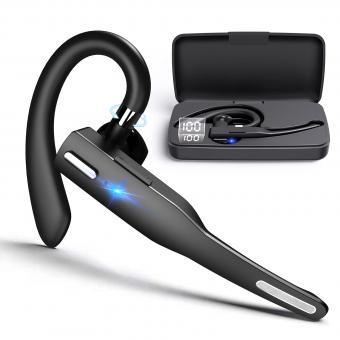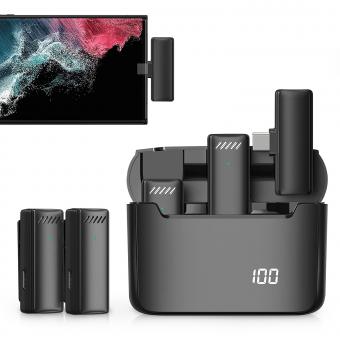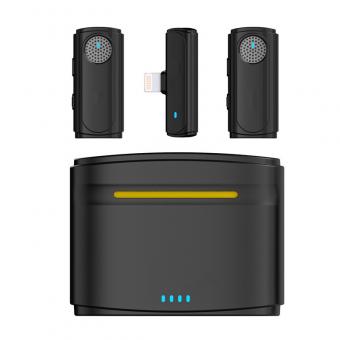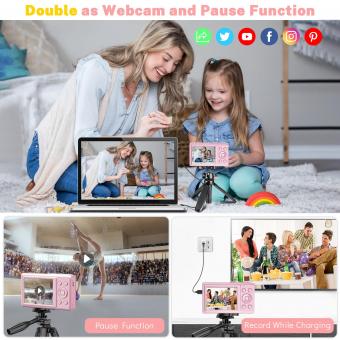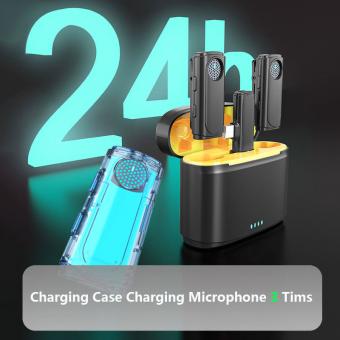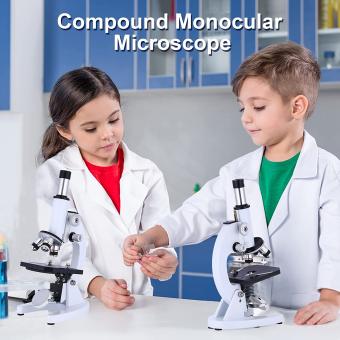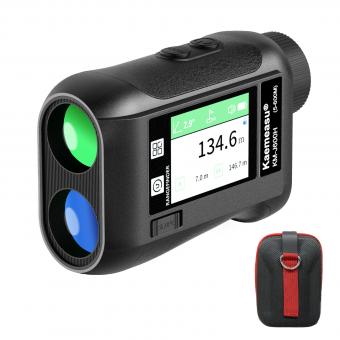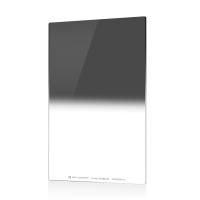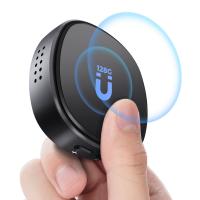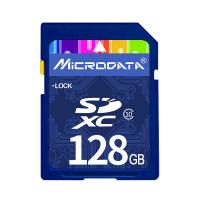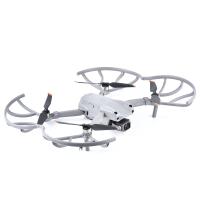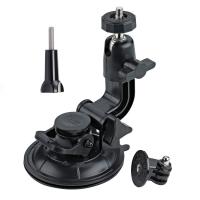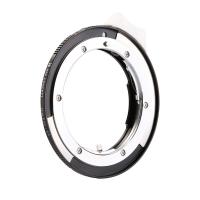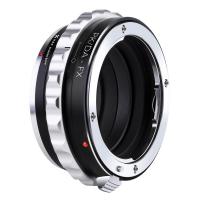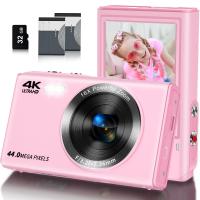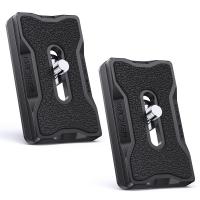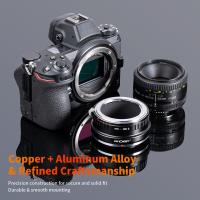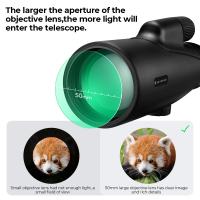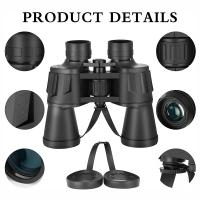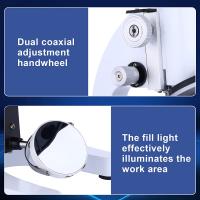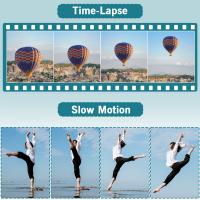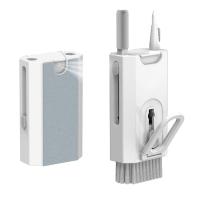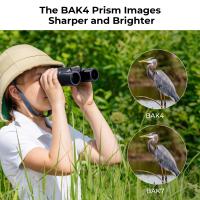How To Record Low Frequency Noise ?
Recording low frequency noise requires specialized equipment that is capable of capturing sounds at frequencies below 20 Hz. This can include microphones that are specifically designed for low frequency recording, as well as audio interfaces and recording software that can handle these frequencies.
One common approach is to use a contact microphone, which can be attached directly to the surface that is producing the low frequency noise. This can be useful for recording vibrations and other low frequency sounds that are difficult to capture with traditional microphones.
Another option is to use a microphone with a low frequency response, which is designed to capture sounds at frequencies below 20 Hz. These microphones are often used in scientific research and other applications where low frequency noise is a concern.
Overall, recording low frequency noise requires specialized equipment and techniques, and may require some experimentation to achieve the desired results.
1、 Microphone sensitivity and placement
How to record low frequency noise? The answer lies in microphone sensitivity and placement. Low frequency noise, also known as infrasound, is typically below 20 Hz and can be difficult to capture with standard microphones. However, specialized microphones with high sensitivity to low frequencies can be used to record infrasound.
When it comes to microphone placement, it is important to consider the source of the low frequency noise. If the noise is coming from a specific direction, directional microphones can be used to capture the sound more effectively. Additionally, placing the microphone close to the source of the noise can help to reduce background noise and improve the quality of the recording.
In recent years, there has been a growing interest in using low-cost sensors and smartphones to record low frequency noise. While these devices may not have the same level of sensitivity as specialized microphones, they can still be effective for capturing infrasound in certain situations.
It is worth noting that recording low frequency noise can be challenging due to the potential for interference from other sources of noise, such as wind or traffic. Additionally, the interpretation of infrasound recordings can be complex and requires specialized knowledge and equipment.
In conclusion, recording low frequency noise requires careful consideration of microphone sensitivity and placement. While specialized microphones are ideal for capturing infrasound, low-cost sensors and smartphones can also be effective in certain situations. However, it is important to be aware of potential sources of interference and to have the necessary expertise to interpret the recordings.
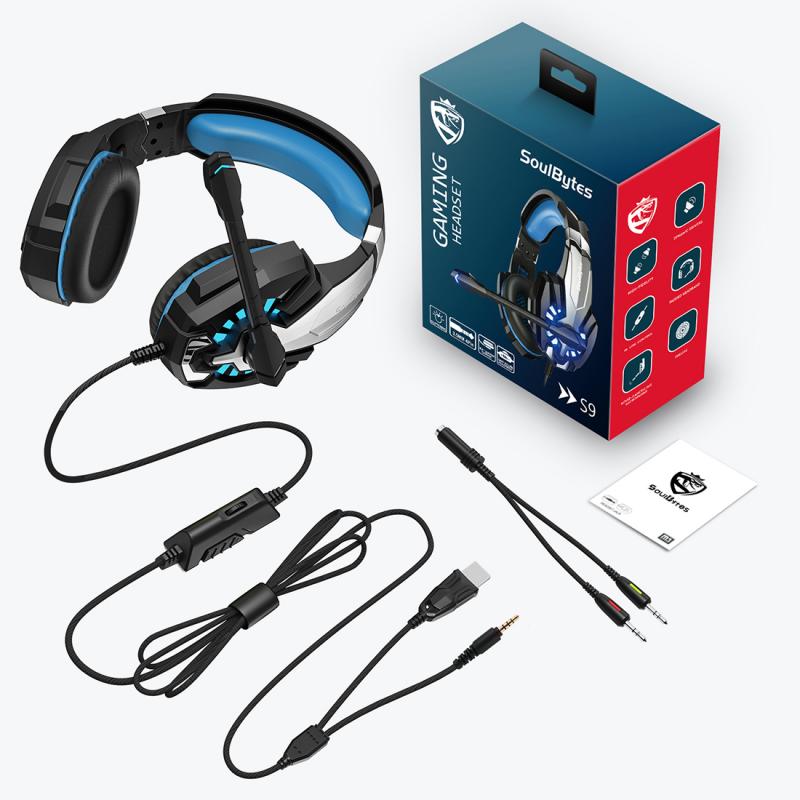
2、 Noise reduction techniques
How to record low frequency noise:
Recording low frequency noise can be a challenging task as it requires specialized equipment and techniques. Here are some tips on how to record low frequency noise:
1. Use a high-quality microphone: A microphone with a low-frequency response is essential for recording low frequency noise. A condenser microphone is a good choice as it can capture low-frequency sounds accurately.
2. Use a windscreen: Wind noise can interfere with low-frequency recordings. A windscreen can help reduce wind noise and improve the quality of the recording.
3. Use a low-cut filter: A low-cut filter can help eliminate unwanted low-frequency noise. This filter removes frequencies below a certain threshold, which can help reduce background noise.
4. Use a preamp: A preamp can help boost the signal from the microphone, which can improve the quality of the recording.
5. Use a quiet location: Recording low-frequency noise requires a quiet location. Background noise can interfere with the recording, so it's important to find a quiet location to record.
Noise reduction techniques:
Noise reduction techniques can help improve the quality of low-frequency recordings. Here are some techniques that can be used:
1. Use noise reduction software: There are many software programs available that can help reduce noise in recordings. These programs use algorithms to analyze the recording and remove unwanted noise.
2. Use EQ: Equalization can be used to reduce unwanted frequencies in a recording. By adjusting the EQ, you can remove frequencies that are interfering with the recording.
3. Use a noise gate: A noise gate can be used to eliminate background noise. This device only allows sound above a certain threshold to pass through, which can help reduce unwanted noise.
4. Use compression: Compression can help even out the levels in a recording. This can help reduce background noise and improve the overall quality of the recording.
5. Use multiple microphones: Using multiple microphones can help capture different frequencies and reduce unwanted noise. By using different microphones, you can capture a wider range of frequencies and improve the quality of the recording.
In conclusion, recording low-frequency noise requires specialized equipment and techniques. By using a high-quality microphone, windscreen, low-cut filter, preamp, and finding a quiet location, you can improve the quality of the recording. Additionally, noise reduction techniques such as using noise reduction software, EQ, noise gate, compression, and multiple microphones can help reduce unwanted noise and improve the overall quality of the recording.
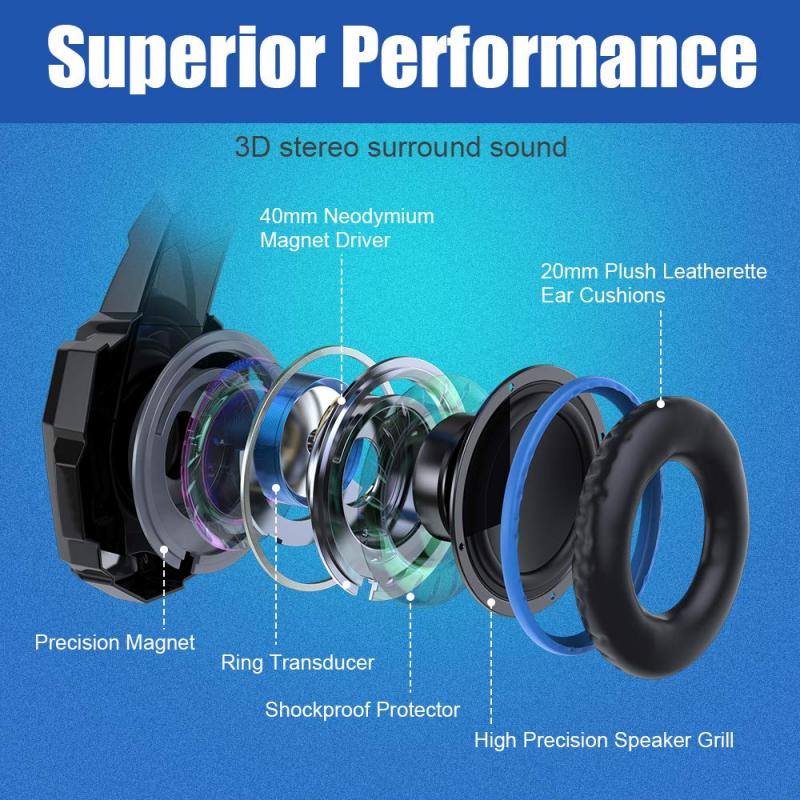
3、 Signal amplification and filtering
To record low frequency noise, signal amplification and filtering are essential techniques. Low frequency noise is typically below 100 Hz and can be challenging to detect due to its low amplitude. Signal amplification is used to increase the amplitude of the signal, making it easier to detect. Amplification can be achieved using a preamplifier or an amplifier with a high gain.
Filtering is also crucial in recording low frequency noise. Low pass filters are used to remove high frequency noise and allow only low frequency signals to pass through. This technique is particularly useful in reducing the noise floor, which is the level of background noise present in the recording.
In recent years, there has been a growing interest in using micro-electromechanical systems (MEMS) sensors for low frequency noise recording. MEMS sensors are small, low-cost, and highly sensitive, making them ideal for detecting low frequency noise. They can be used in a variety of applications, including environmental monitoring, structural health monitoring, and industrial process control.
Another recent development in low frequency noise recording is the use of machine learning algorithms. These algorithms can be trained to recognize patterns in the noise data and distinguish between different types of noise sources. This technique has the potential to improve the accuracy and efficiency of low frequency noise monitoring and analysis.
In conclusion, signal amplification and filtering are essential techniques for recording low frequency noise. The latest developments in MEMS sensors and machine learning algorithms offer new opportunities for improving the accuracy and efficiency of low frequency noise recording and analysis.
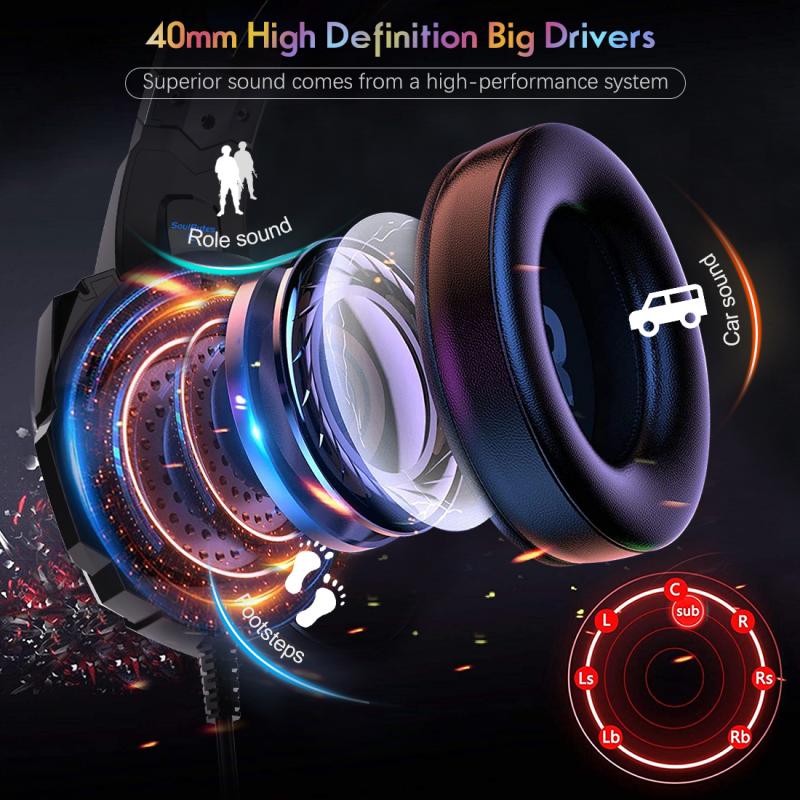
4、 Calibration and validation of measurements
How to record low frequency noise is a critical aspect of calibration and validation of measurements. Low frequency noise is a type of noise that occurs at frequencies below 1 kHz and can be caused by various sources such as power lines, machinery, and environmental factors. To accurately measure low frequency noise, it is essential to use specialized equipment that can capture these frequencies.
One way to record low frequency noise is to use a sound level meter that has a frequency range that includes low frequencies. These meters typically have a frequency range of 10 Hz to 20 kHz and can accurately measure low frequency noise. Another option is to use a vibration meter that can measure the vibration caused by low frequency noise.
It is important to ensure that the equipment used for measuring low frequency noise is calibrated and validated regularly. Calibration involves comparing the readings of the equipment to a known standard to ensure accuracy. Validation involves verifying that the equipment is functioning correctly and providing accurate measurements.
The latest point of view on recording low frequency noise is to use advanced techniques such as spectral analysis and signal processing. Spectral analysis involves breaking down the noise into its individual frequency components, which can provide more detailed information about the source of the noise. Signal processing involves filtering out unwanted noise and enhancing the signal of interest.
In conclusion, recording low frequency noise is a critical aspect of calibration and validation of measurements. Using specialized equipment, ensuring regular calibration and validation, and utilizing advanced techniques can help to accurately measure low frequency noise and identify its source.
